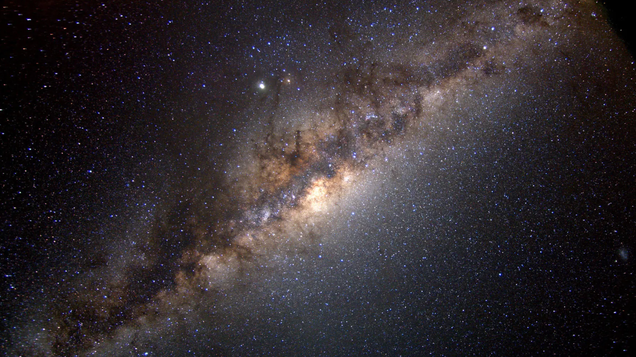buradaki/Getty Images
RomoloTavani/Getty Images
Five years ago, a galaxy 300 million light-years away got a lot brighter in telescopes, radiating ultraviolet, optical, and infrared light out into space. This year, the resurgent galaxy started emitting X-rays, indicating that its initial brightening was really just a warmup.
NASA, ESA, CSA, Ralf Crawford (STScI)
Pablo Carlos Budassi / Wikimedia Commons
NOAA
George Lepp/Getty Images

The massive galaxy that houses our star system, along with hundreds of billions of other stars, appears as a shimmery splotch stretching across our night skies on clear, moonless nights. For an ancient people who were rather obsessed with the cosmos, looking up at the Milky Way may have symbolized a goddess that hangs…
JOSH EDELSON/AFP via Getty Images
Jorge Villalba/Getty
